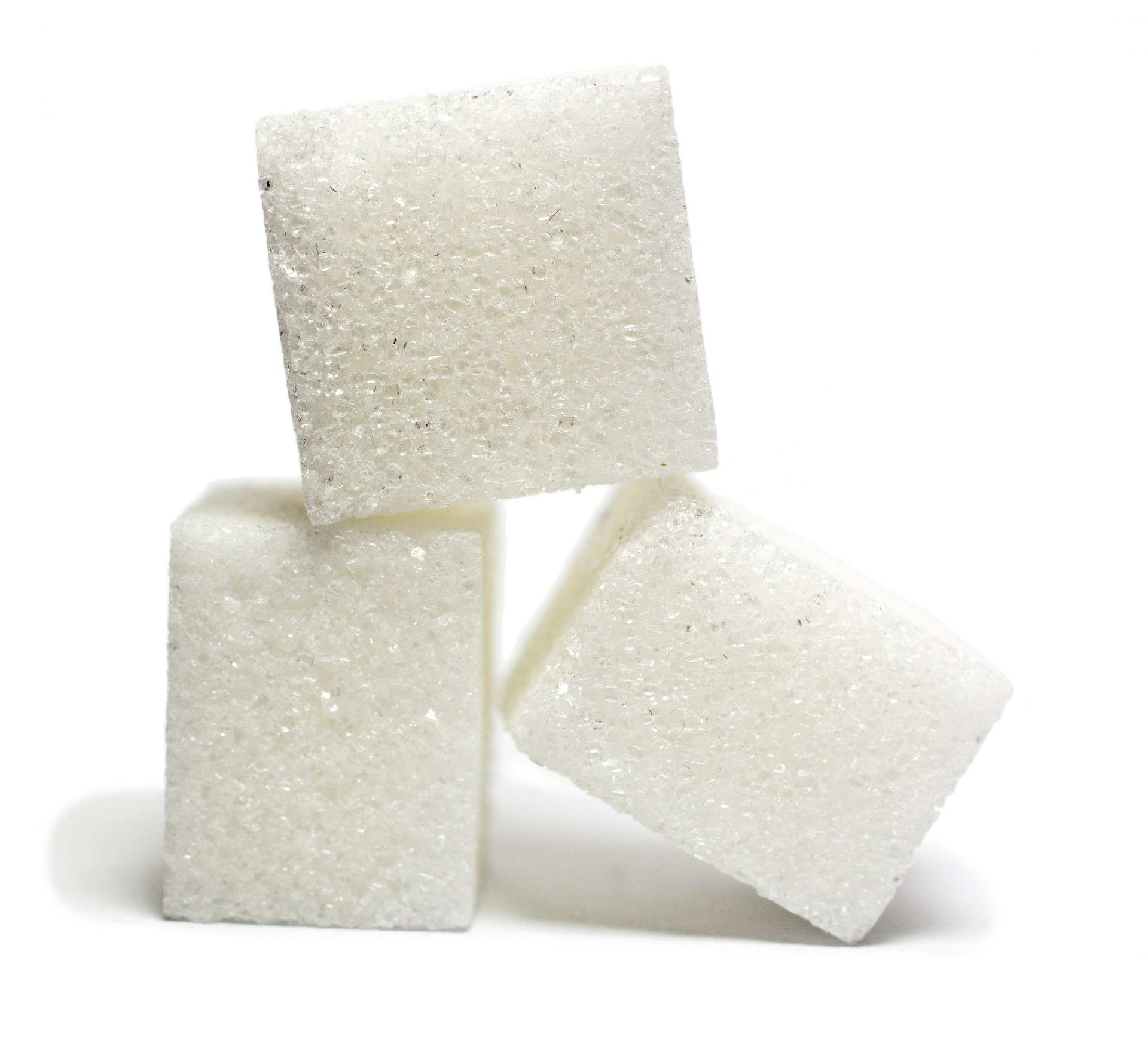(Chuck Muth) – Critics of the U.S. sugar program of limited tariffs and targeted quotas on imports of foreign sugar from countries that subsidize their own industries, regularly point to the artificially deflated global cost of sugar as a main reason for scrapping current U.S. policies.
But one of the big issues they fail to acknowledge is…stability.
The fact is, the cost of sugar in the U.S. today is pretty much the same as it was 30 years ago. It’s also remained readily available, even during the ongoing supply chain crisis.
On the other hand, Stuart Fieldhouse of The Armchair Trader noted last week…
“Sugar prices have spiked over the last few weeks, indirectly reacting to the conflict in Ukraine and the consequent rally in oil prices. Oil prices play a key role in global sugar prices because they determine whether Brazil, the world’s largest exporter of sugar, uses its sugarcane output to refine into ethanol or into sugar.”
The global sugar market is not stable. It’s volatile. Prices can jump wildly due to weather, drought, disease, supply problems, labor shortages and, as noted above…war.
In fact, NDTV.com reported last week that the Russian government, now embroiled in war with neighboring Ukraine, is suffering a severe sugar shortage and has temporarily banned the export of it…
“Prices for sugar have skyrocketed with the annual inflation in Russia reaching its highest level since 2015. In many videos coming out, crowds of people can be seen fighting and jostling each other to get bags of sugar from shopping carts.”
We don’t have that problem here in the U.S., thanks in large part to U.S. sugar policies that guard against global disruptions. The price of sugar here remains stable and the flow of sugar remains steady.
When something works, don’t fix it.



